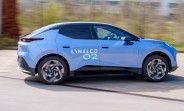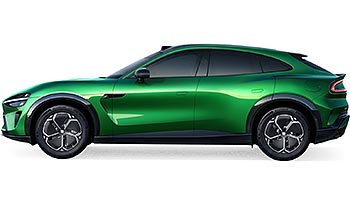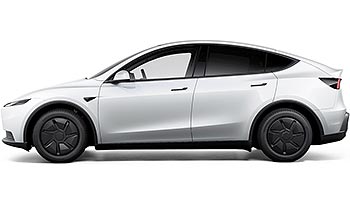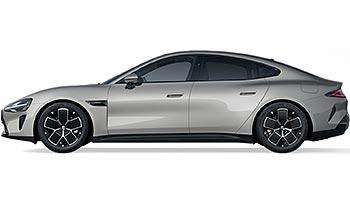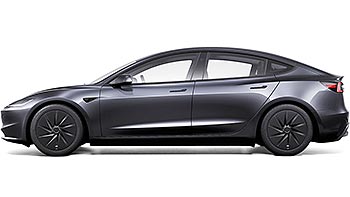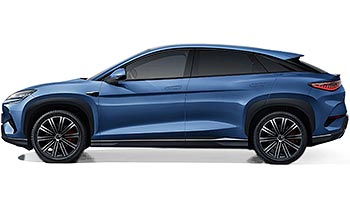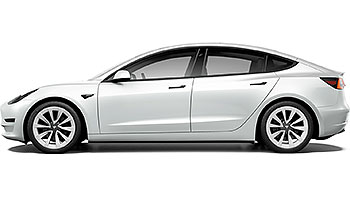White House allocates $100 million to boost EV charger reliability

The Biden administration's commitment to electric vehicles and their associated charging infrastructure is becoming increasingly palpable. Beyond the focus on deploying new chargers, the White House recently unveiled plans to invest $100 million in replacing those pesky EV chargers that are, well, just plain unreliable.
The White House excitedly beckoned applications for this funding, all under the guise of the newly christened program - the Electric Vehicle Charger Reliability and Accessibility Accelerator. Mark your calendars, applicants; the deadline is a looming November 13.
Information underpinning the new initiative relies on data provided by the U.S. Department of Energy's Alternative Fuels Data Center (AFDC). The AFDC, in its role as a watchdog, monitors public charging stations for availability. As the data revealed on September 11, an eyebrow-raising 6,261 stations, or about 4.1% of the nation’s 151,506 stations, were off the grid. Yes, that's a sizeable chunk of chargers leaving drivers high and dry.
 $100 million to boost EV charger reliability">
$100 million to boost EV charger reliability">
But, here's a slice of optimism - with numbers like these, the White House forecasts that the $100 million pool should be sufficient to cover replacements for all qualifying chargers. And when we talk about eligibility, it encompasses both public charging stations and those privately owned but publicly accessible ones, with no strings attached.
Let’s pause for a brief monetary breakdown. Remember, the infrastructure law already earmarked a whopping $5 billion for EV charging, an effort led by the National Electric Vehicle Infrastructure (NEVI) formula program. The grand vision? A robust nationwide network boasting 500,000 chargers. Also, there's a side note: the law dedicates a 10% slice for grants targeting states and local areas that might need a bit more elbow grease in deploying EV charging amenities. The charger-reliability initiative? It's sipping its funds from that very pot.
The federal government's proactive stance isn't limited to merely throwing dollars at the problem. They are addressing reliability issues head-on, even instituting data reporting protocols on charger downtime. For those who might be wondering about the quality standards - chargers built with NEVI backing are expected to flaunt an impressive annual uptime surpassing 97% per port. The exceptions, understandably so, include scheduled upkeep, the unfortunate act of vandalism, and Mother Nature's unpredictable wrath. And yes, some can enjoy limited operation hours, but those on the Alternative Fuel Corridors are under the mandate to cater to users round the clock.
 Interactive map of all EV chargers provided by US Department of Energy
Interactive map of all EV chargers provided by US Department of Energy
But, why all of a sudden this emphasis on reliability? Well, according to a report by J.D. Power, a concerning 1 in 5 charging attempts bites the dust. The culprits? Defective chargers, primarily, although long waiting lines at stations contribute their fair share of frustration. Toss in a recent study from sunny California, which flagged a surprising number of fast-chargers as "nonfunctioning," and the picture becomes crystal clear.
It shouldn't come as a surprise that the state of California has more electric vehicle charging stations than any other U.S. state, making it a pivotal benchmark in evaluating the country's charging infrastructure.
As the U.S. hurtles towards a future powered by electricity, ensuring that EV chargers are more than just shiny metallic posts on the road, but rather functional units, is crucial. Will the $100 million bet pay off? We won't know for a while yet, but for now, one thing's for sure - it's a step in the right direction.
Related
Reader comments
Nothing yet. Be the first to comment.






